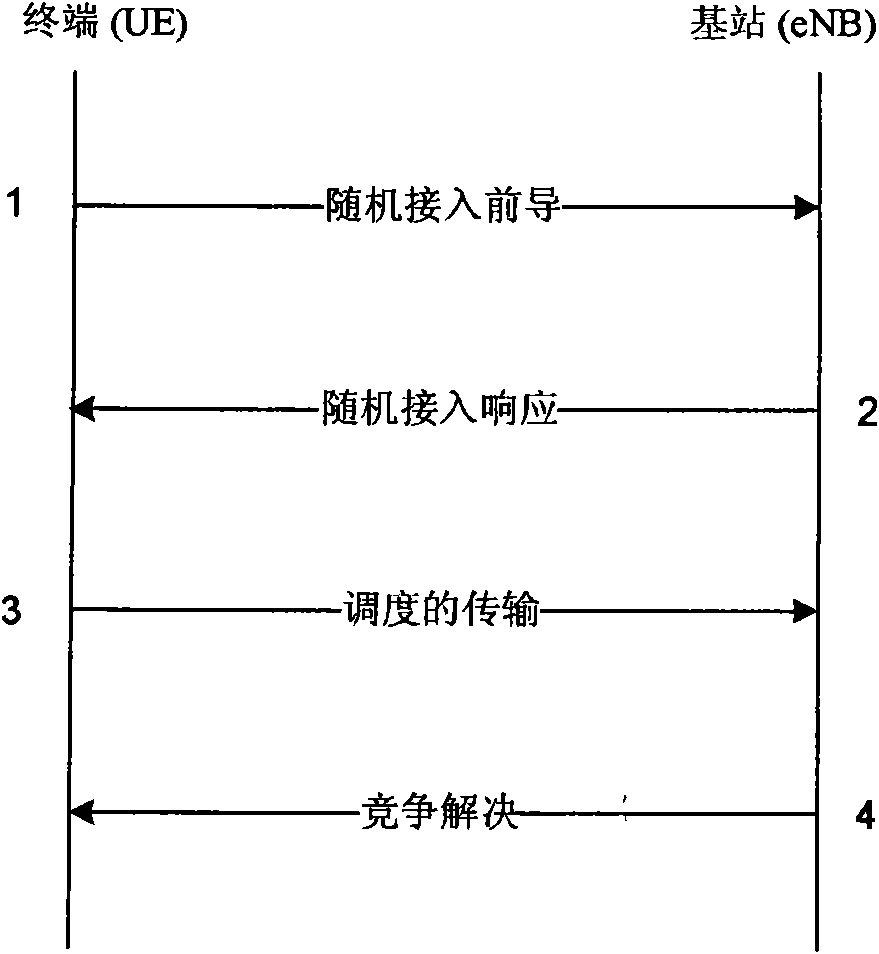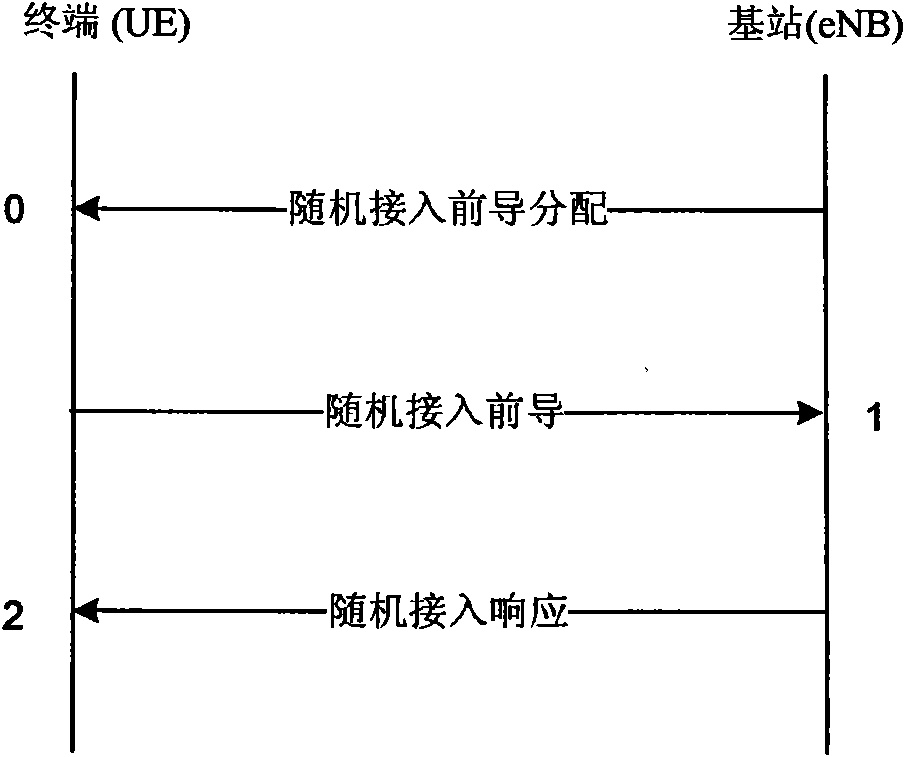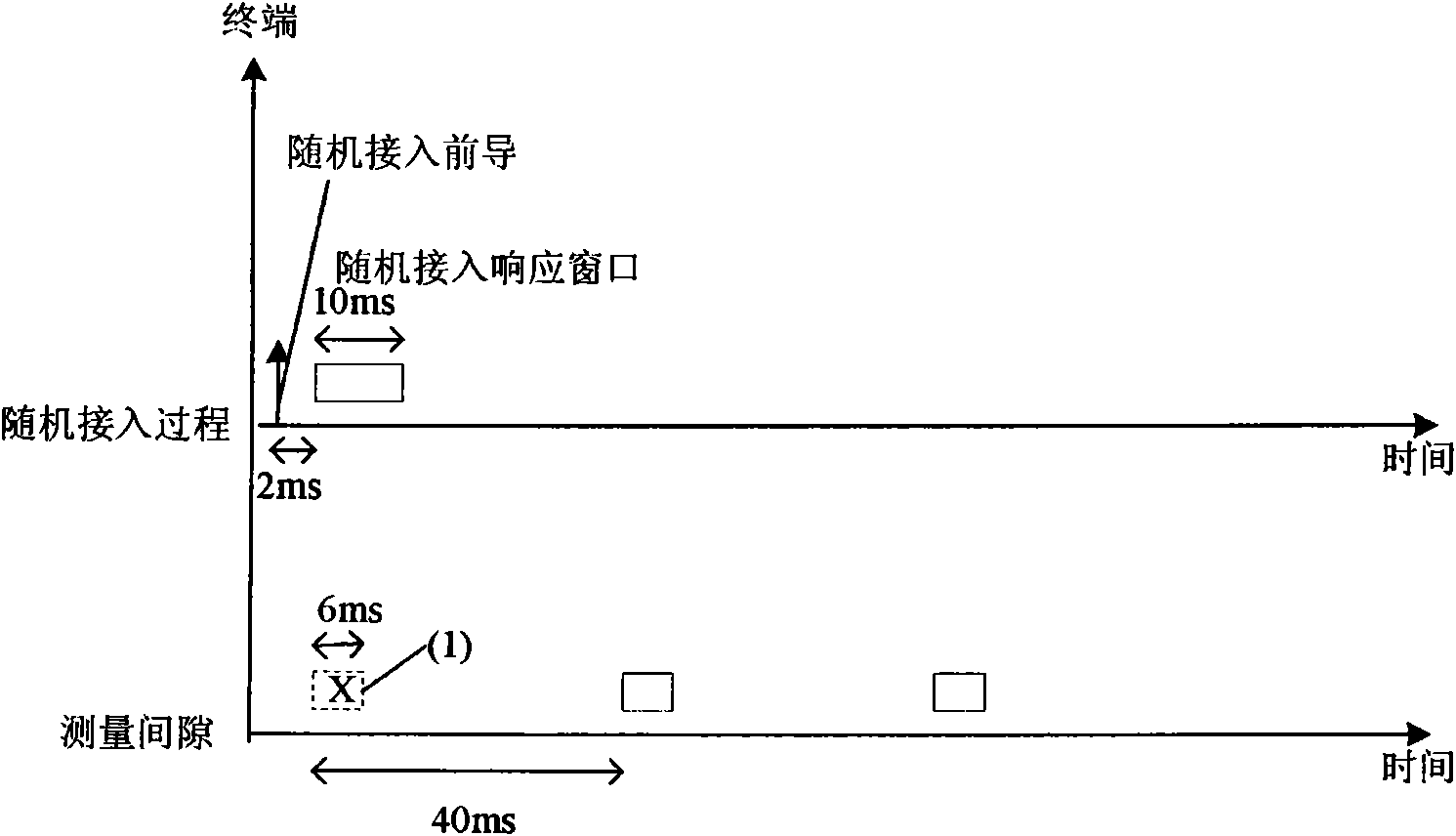Method for processing conflict of random access process and measurement clearance
A technique for random access process and gap measurement, applied in communication, transmission monitoring, electrical components, etc. Process and when to restart, etc., to reduce the probability of failure, reduce delay, and improve reliability
- Summary
- Abstract
- Description
- Claims
- Application Information
AI Technical Summary
Problems solved by technology
Method used
Image
Examples
Embodiment 1
[0067] For non-contention-based random access procedures, if there is overlap with the measurement gap within the random access response window, the terminal cancels the measurement gap.
[0068] For the contention-based random access process, if there is an overlap with the measurement gap within the random access response window, the terminal cancels the measurement gap; if there is an overlap with the measurement gap when the contention resolution timer is running, the terminal cancels the measurement gap.
[0069] like image 3 As shown, the length of the measurement gap is 6ms, and its period is 40ms. The random access preamble is sent 2 ms before the measurement gap, and the length of the random access response window is configured as 10 ms, thus conflicting with the measurement gap. In this case, the terminal cancels the measurement gap, that is, in image 3 The measurement gap marked as (1) in is cancelled, so as to solve the random access process failure or large de...
Embodiment 2
[0074] For the contention-based random access process, if the measurement gap is configured, the terminal will keep the measurement gap between the success of receiving the random access response and the scheduled transmission if there is an overlap with the measurement gap, and the scheduled transmission will be in the measurement gap Send after the end, that is, if the sending timing of the scheduled transmission overlaps with the measurement gap, it is allowed to delay the sending timing of the scheduled transmission appropriately to after the measurement gap.
[0075] like Figure 5 As shown, the length of the measurement gap is 6ms and the period is 40ms. For the random access process based on contention, the length of the random access response window is configured as 10ms, but the terminal receives the random access response message during the random access response window and terminates the monitoring of the PDCCH in advance; The processing time gap is greater than or...
Embodiment 3
[0079] If the terminal is configured with a measurement gap, during the random access process, the terminal will keep the measurement gap if the idle time between two adjacent random access attempts overlaps with the measurement gap. If the idle time between two adjacent random access attempts (including during the delay value) of the terminal in the random access process can completely cover the duration of the measurement gap, the measurement gap is valid; if the duration of the measurement gap will exceed At the moment of the next random access attempt, the measurement gap is valid and the terminal sends the random access preamble after delaying the measurement gap.
[0080] The so-called "idle time between two adjacent random access attempts" includes at least the following scenarios: the reception of the random access response message fails, and the terminal decides according to the delay value when the maximum number of random access preamble transmissions has not been re...
PUM
 Login to View More
Login to View More Abstract
Description
Claims
Application Information
 Login to View More
Login to View More - R&D
- Intellectual Property
- Life Sciences
- Materials
- Tech Scout
- Unparalleled Data Quality
- Higher Quality Content
- 60% Fewer Hallucinations
Browse by: Latest US Patents, China's latest patents, Technical Efficacy Thesaurus, Application Domain, Technology Topic, Popular Technical Reports.
© 2025 PatSnap. All rights reserved.Legal|Privacy policy|Modern Slavery Act Transparency Statement|Sitemap|About US| Contact US: help@patsnap.com



